Rabbit's Foot Fern Care: Information On Growing A Rabbit's Foot Fern Houseplant
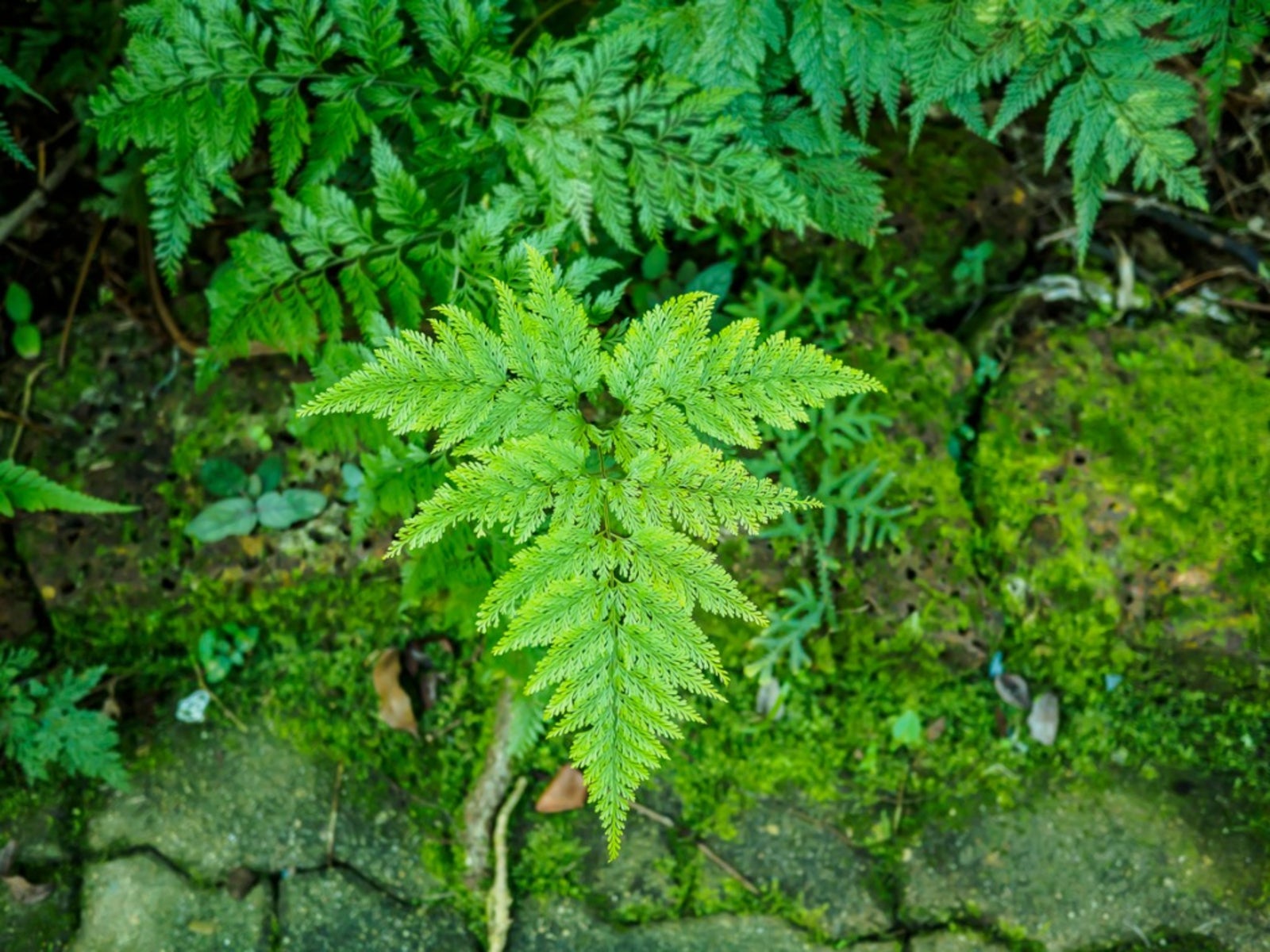

Amy Draiss
The rabbit's foot fern plant gets its name from the furry rhizomes that grow on top of the soil and resemble a rabbit's foot. The rhizomes often grow over the side of the pot, adding an extra dimension to the plant.
Functional as well as decorative, the rhizomes absorb moisture and nutrients as they crawl across the moist soil. Growing a rabbit's foot fern houseplant in a hanging basket shows off the furry rhizomes to their best advantage.
The rhizomes can grow quite long and over time they take on a spider-like appearance. Never bury the rhizomes under the soil, however, as this encourages rot.
Rabbit's Foot Fern Care
As with any houseplant, care of rabbit's foot fern includes providing adequate light, proper moisture and temperature, and regular fertilization. Even with the best of care, you may occasionally lose some of the older fronds. This is normal and not an indication that you have done anything wrong.
Rabbit's foot ferns like bright but indirect sunlight, such as that found near a window with an eastern exposure. During the day they like temperatures between 70 and 75 degrees F. (21-24 C.), and slightly cooler temperatures at night.
Water the plants lightly but often to keep the surface of the soil lightly moist. Daily misting helps keep the surface rhizomes from drying out. Every two weeks your rabbit's foot fern care should also include watering the plant with a liquid houseplant fertilizer mixed at half strength.
Rabbit's foot ferns need repotting about every two years, and the best time to repot is in spring. Mix regular potting soil half-and-half with sand to create an ideal medium for rabbit's foot ferns. This is an excellent time to divide large plants.
Gardening tips, videos, info and more delivered right to your inbox!
Sign up for the Gardening Know How newsletter today and receive a free copy of our e-book "How to Grow Delicious Tomatoes".
Special Needs for Rabbit's Foot Fern Plant
Known botanically as Davallia fejeensis ferns, rabbit's foot ferns have light, airy foliage compared to their cousins, the deer's foot ferns (D. canariensis) and the squirrel's foot ferns (D. trichomanoides).
Light foliage doesn't hold moisture as well as thick foliage, so the plants need frequent misting and an occasional shower to keep them from drying out. A rabbit's foot fern plant is very sensitive to chemicals. Avoid using leaf shine products and insecticides on the plant. A gentle shower keeps the fronds looking clean and fresh and also removes many of the insects that feed on the foliage.
Tobacco smoke, scented candles, and most forms of air pollution also harm the plant. Though it may need a little more maintenance than other plants in the home, growing a rabbit's foot fern houseplant is a great way to enjoy this unusual, furry-footed oddity.

Jackie Carroll has written over 500 articles for Gardening Know How on a wide range of topics.
- Amy DraissDigital Community Manager
-
 Get Ready For A Summer Of Hummers! Grow These Full Sun Hummingbird Plants and Flowers
Get Ready For A Summer Of Hummers! Grow These Full Sun Hummingbird Plants and FlowersIf you’re lucky enough to enjoy a sunny backyard, make sure you are maxing out on your pollinator opportunities and grow these full sun hummingbird plants and flowers
By Tonya Barnett
-
 12 Lush Alternatives To A Lawn For Sustainable Spaces
12 Lush Alternatives To A Lawn For Sustainable SpacesAlternatives to a lawn are beautiful and also beneficial to your local ecosystem and its pollinators. Explore our top picks for plants to replace grass.
By Tonya Barnett
-
 Best Spider Plant Soil – Complete Soil Guide And Expert Tips For Keeping Plants Happy
Best Spider Plant Soil – Complete Soil Guide And Expert Tips For Keeping Plants HappySpider plants are fun and easy plants to grow, but what is the best soil for a spider plant? Selecting the right soil is important so they can thrive.
By Bonnie L. Grant
-
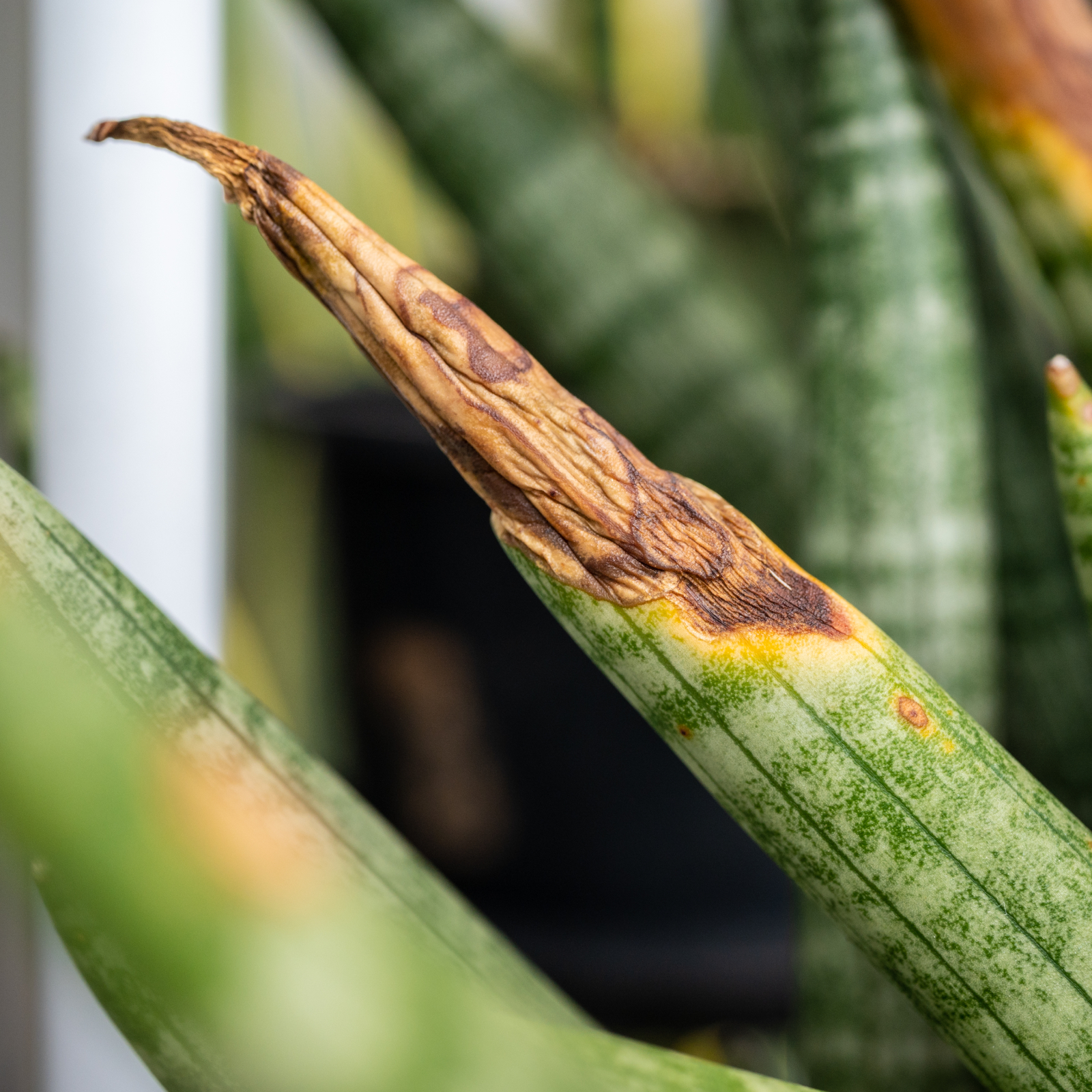 Help, My Snake Plant Is Mushy! Advice For Root Rot In Snake Plants
Help, My Snake Plant Is Mushy! Advice For Root Rot In Snake PlantsSnake plants are hardy houseplants, but they can be susceptible to root rot. Learn how to prevent and treat this common snake plant problem.
By Amy Grant
-
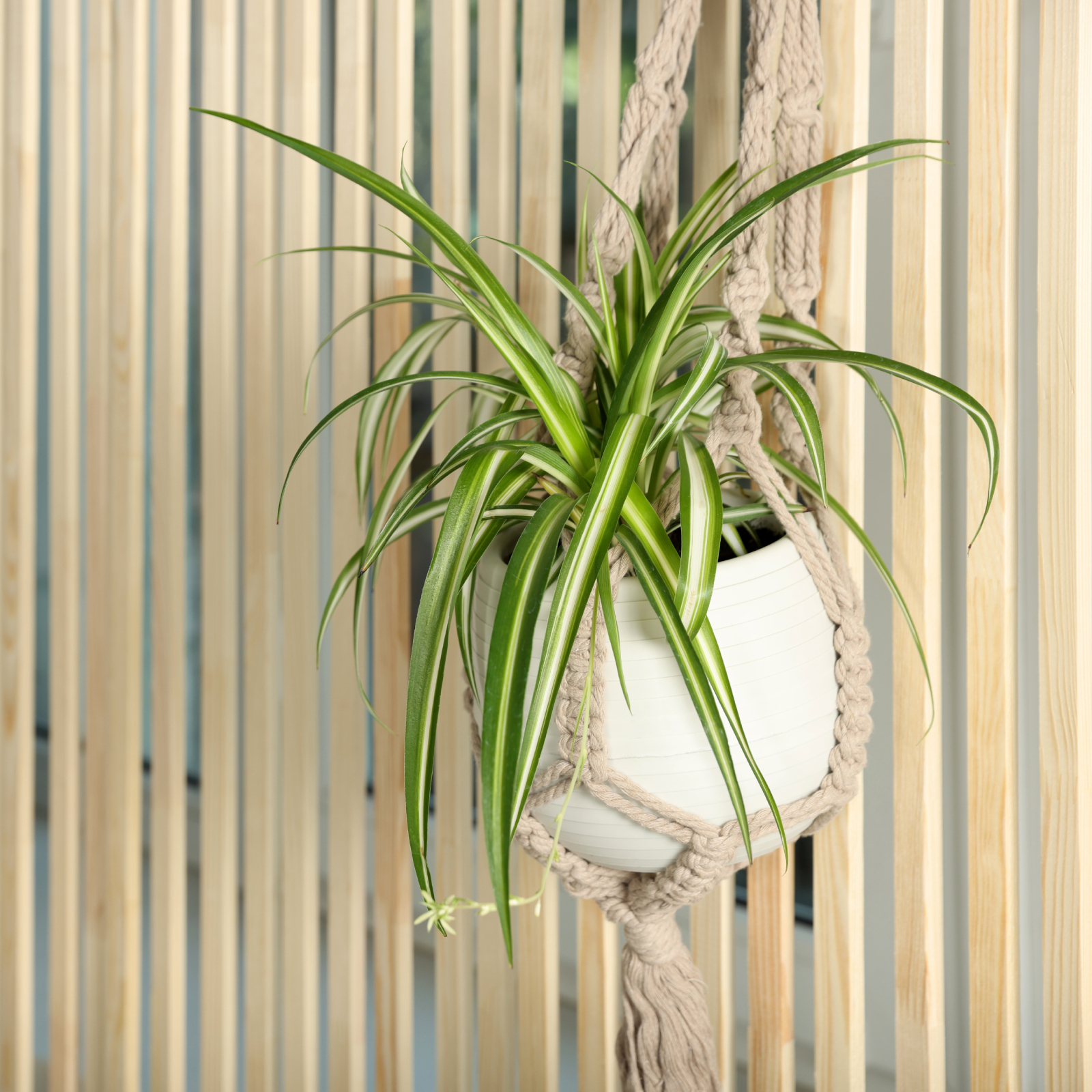 How To Grow A Hanging Spider Plant – For An Elegant Indoor Or Outdoor Display
How To Grow A Hanging Spider Plant – For An Elegant Indoor Or Outdoor DisplayOf all the beautiful baskets we see, the hanging spider plant is probably the easiest to grow. Let your hanging basket spill over with little spider plantlets!
By Teo Spengler
-
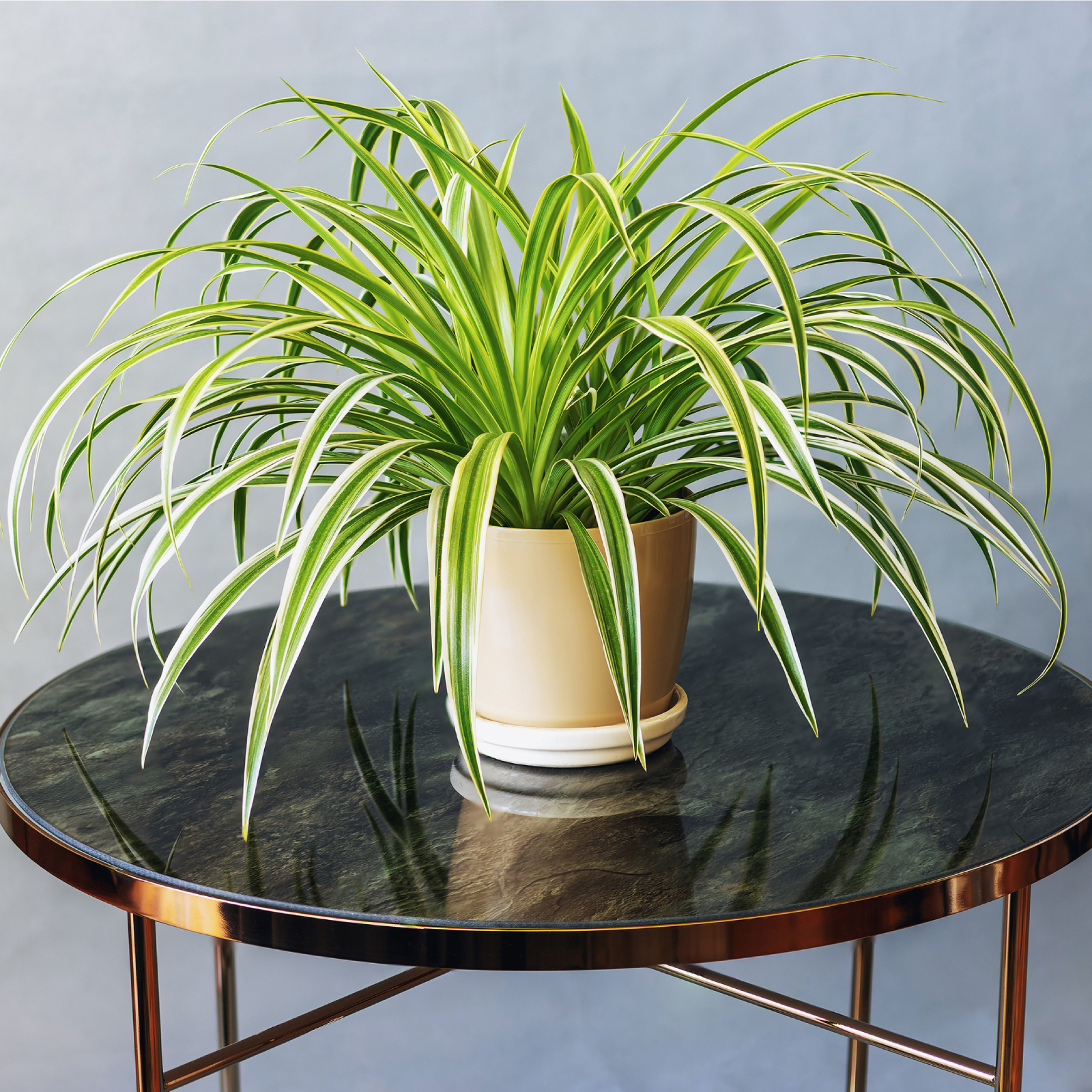 How To Care For A Variegated Spider Plant – Plus, Unique Varieties To Try
How To Care For A Variegated Spider Plant – Plus, Unique Varieties To TryVariegated spider plants and their streaks of green and cream tones bring interest and light to an indoor room, and will elevate your houseplant collection.
By Teo Spengler
-
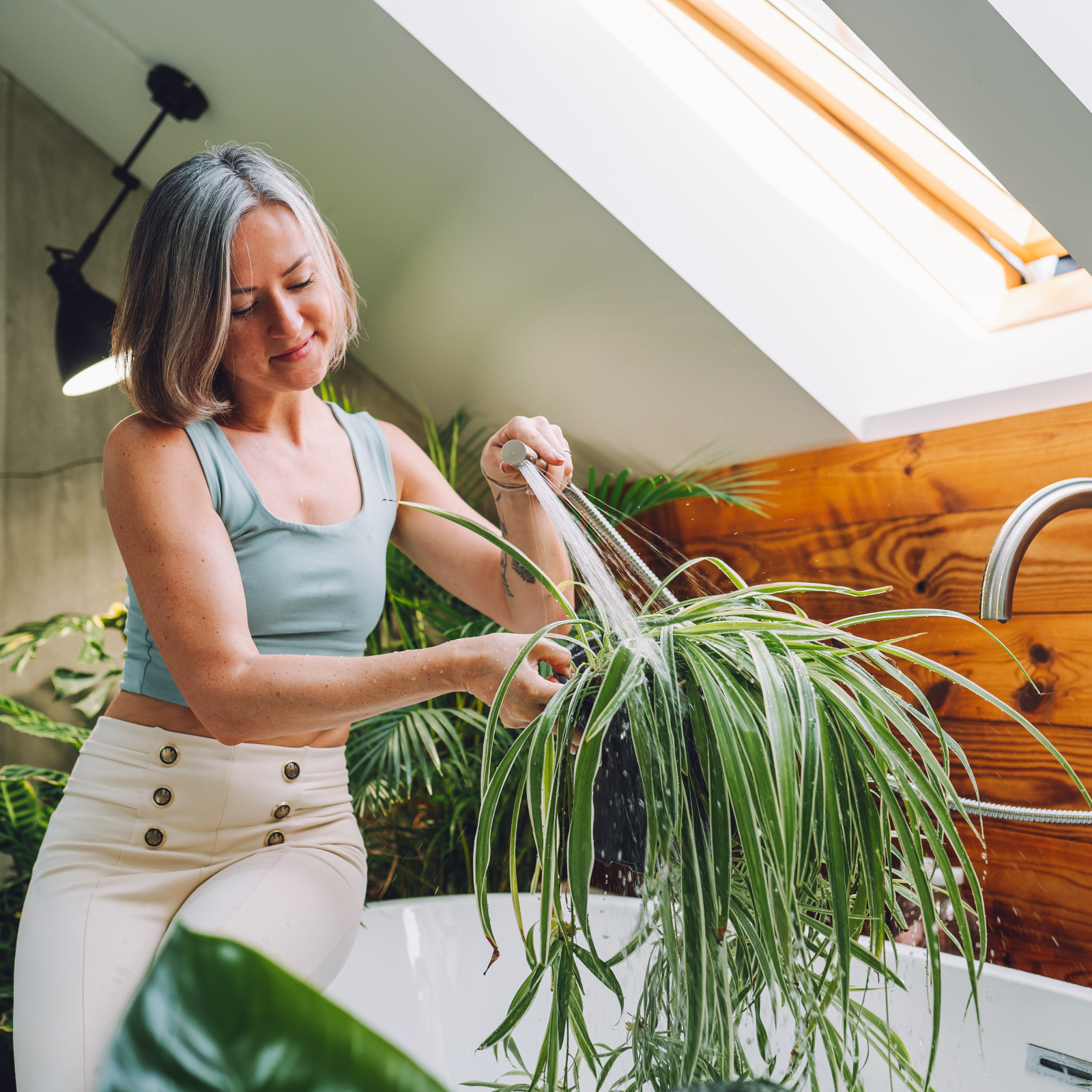 How Often Should You Water A Spider Plant? Tips To Keep Spider Plants Happy And Healthy
How Often Should You Water A Spider Plant? Tips To Keep Spider Plants Happy And HealthySpider plants are hardy and easy to grow, but they do need proper watering to thrive. Read our tips on how often to water your spider plants.
By Amy Grant
-
 Snake Plant Getting Enough Light? Understanding Light Requirements And How To Adjust
Snake Plant Getting Enough Light? Understanding Light Requirements And How To AdjustSnake plant light requirements aren’t as stringent as for some houseplants, but the right lighting is important for their growth and well-being.
By Tonya Barnett
-
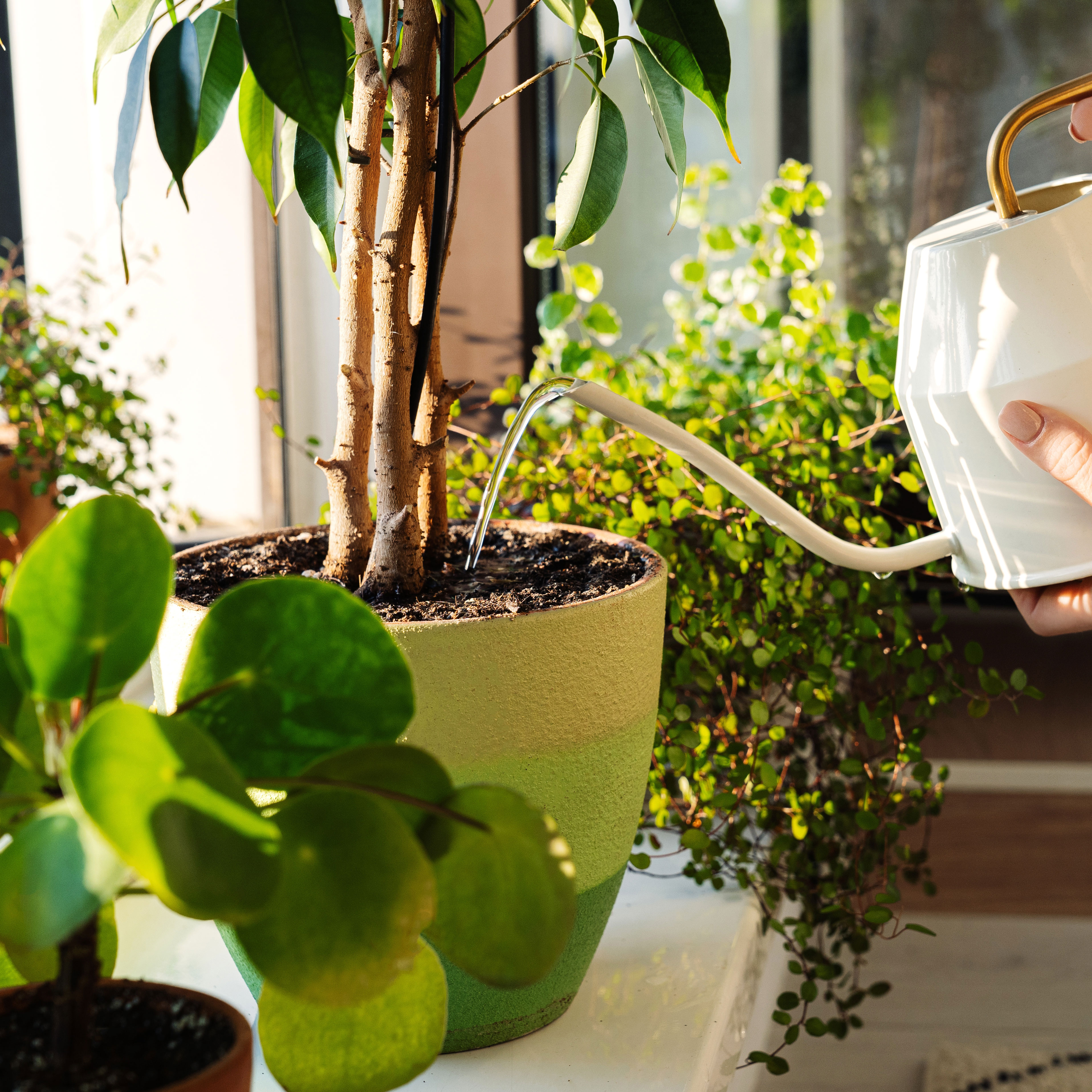 Feeding Houseplants: How And When To Fertilize Indoor Plants Like A Pro!
Feeding Houseplants: How And When To Fertilize Indoor Plants Like A Pro!Container-based houseplants have specific feeding needs over and above plants grown in the ground. Here’s how and when to fertilize indoor plants the right way
By Bonnie L. Grant
-
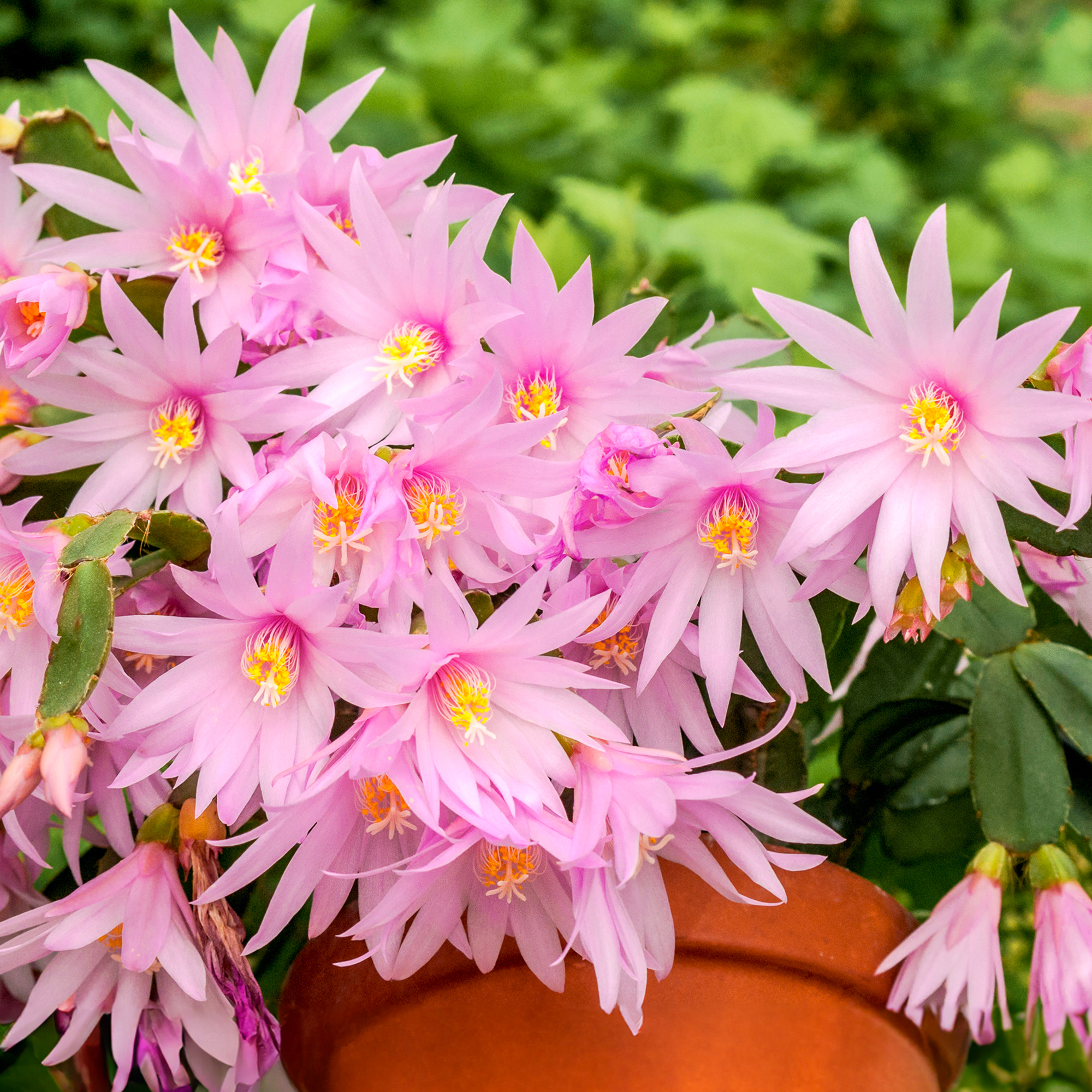 How To Get An Easter Cactus To Bloom Every Year: Expert Tips For Stunning Spring Flowers
How To Get An Easter Cactus To Bloom Every Year: Expert Tips For Stunning Spring FlowersDiscover the secrets to vibrant Easter cactus flowers and follow these key steps to ensure spectacular blooms just in time for spring.
By Melanie Griffiths